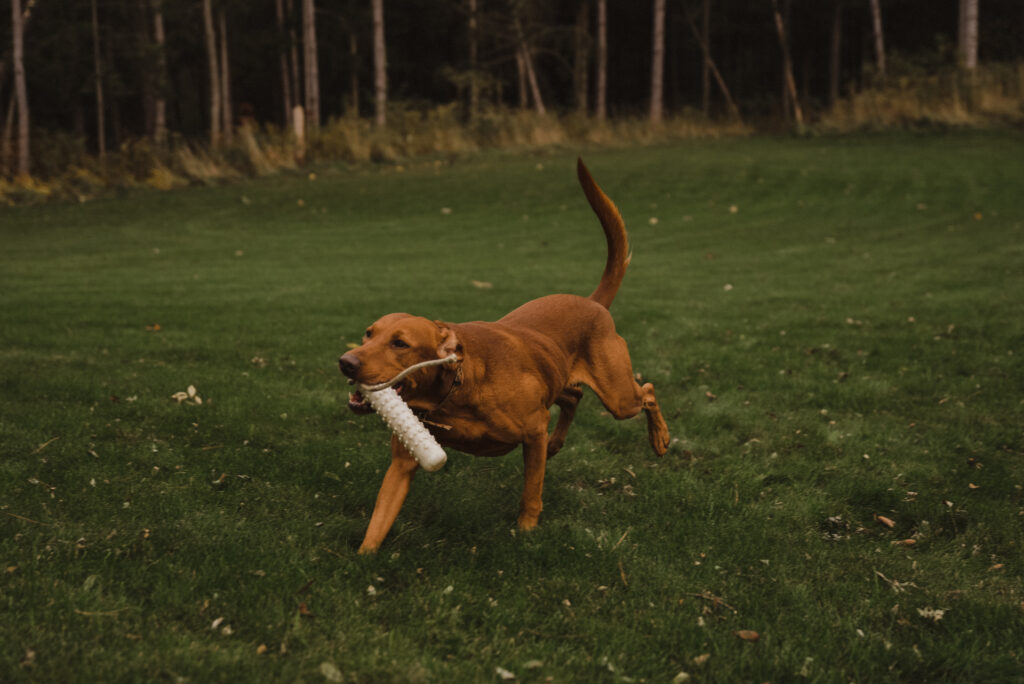America’s #1 family dog for the 32 years!
With a beautiful physique and a heart full of service and affection,
there’s a Lab out there for everyone.
We’d love to help you find yours.
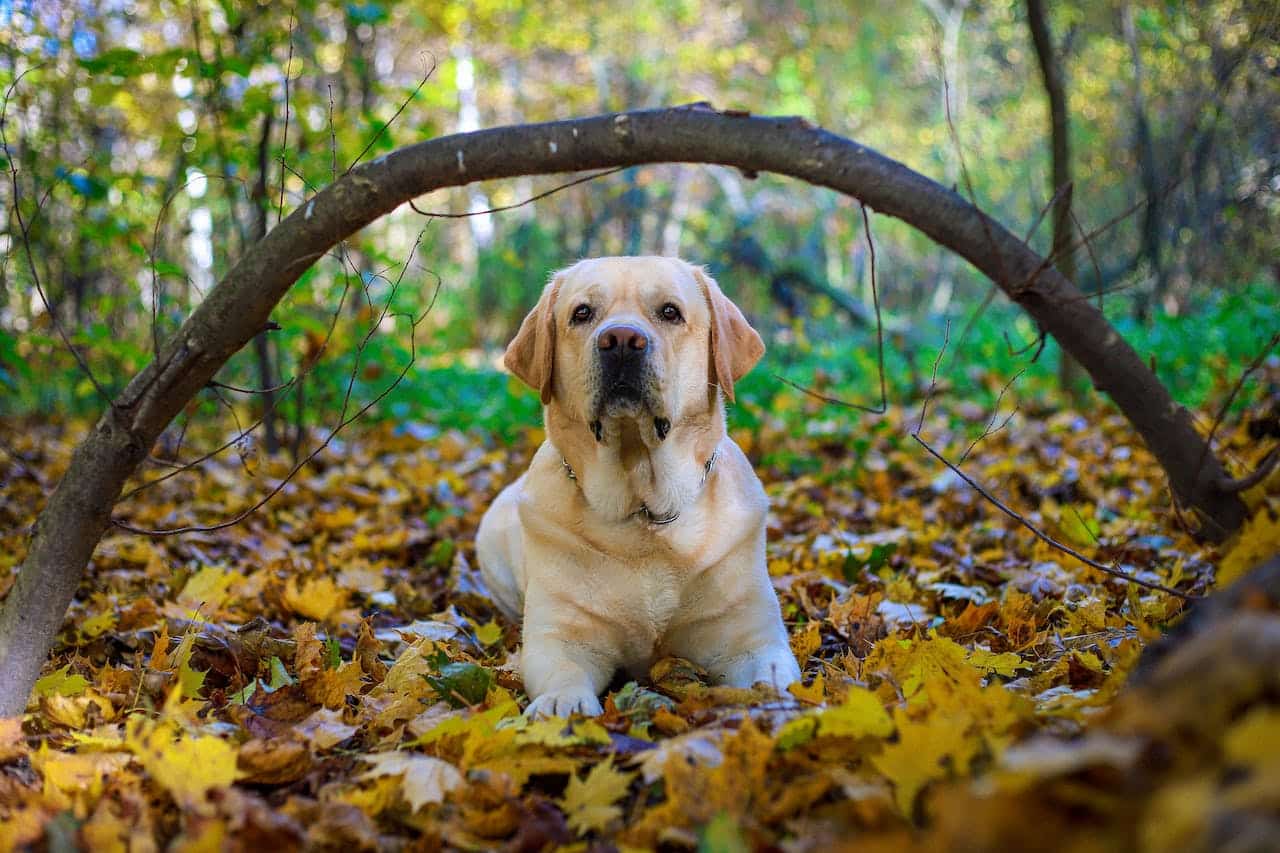
In general, Labrador Retrievers come in all levels of enthusiasm (just like children). Some are happy couch potatoes from an early age, others must have lots of regular exercises to keep physically and mentally fit, but most are somewhere in between – happy to be your companion, whatever you are doing.
Labs are famously friendly, cordial, and devoted companions. They are excellent family dogs, due to their deep need for human companionship, and with more than enough love to go around, they easily bond with family members and neighbors alike.
Labrador retriever puppies are intelligent and easy to train, mostly because of their desire to work with people. They can be protective of their families and homes, but should not be considered as guard dogs. They are happy to greet company at home and welcome new friends on their walks & trips to the store with their charming smiles.
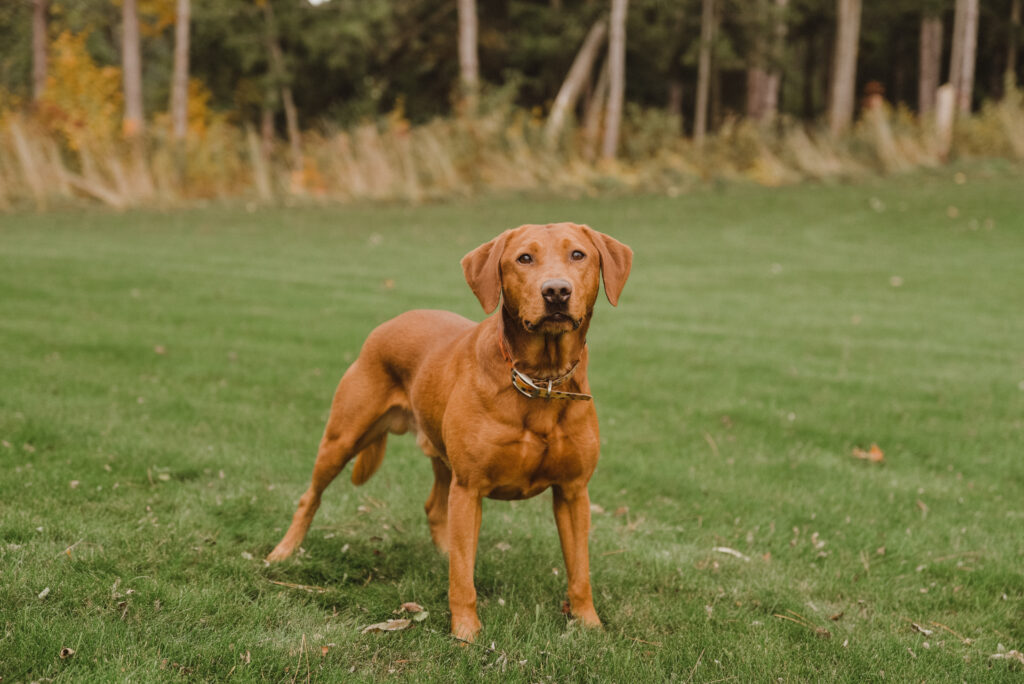
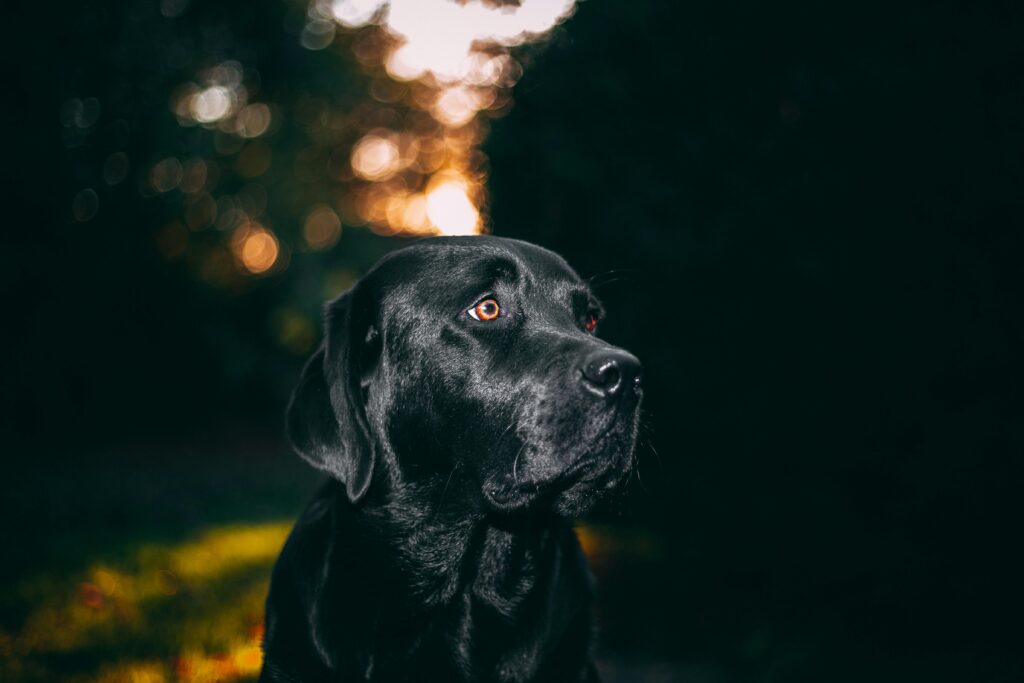
Originating in England in the 1880s, the modern Labrador retriever’s characteristics have diverged into two distinct types of dog. Where the American Lab has been bred to be very driven and high-energy at all times, the British Labrador continues to be very driven in the field yet quiet, calm, and steady, also serving as a loyal and loving family dog.
Many people find it hard to believe that there is such a difference in temperament and hunting ability between the American Labrador and the British Labrador. What we’ve discovered is that a Labrador with a good pedigree, whether British or American, is typically bred from a line that contains many field trial champions. A British Labrador will have more calmness and hunting drive bred into it, while an American Labrador will be bred to be “amped” and to withstand high pressure. This is due in large part to the way field trials are conducted in the UK versus in the US.
Much of the difference between the two types of Labs stems from their training history and the type of hunting they do. The nature of British field hunting comes from a tradition of huge shoots involving hundreds of birds, put on over several days. In the UK, field trials involve live game and real-life hunting and shooting scenarios. The fundamental premise is that the dogs must be quiet and controlled at all times – civility is paramount. The dogs are expected to be alert but not nervous, even if hundreds of pheasants are being shot over him or her in a driven shoot. Dogs are not allowed to even whimper when on the line waiting or they’ll be disqualified. Once sent, British Labradors must retrieve game that is either killed dead or crippled, requiring them to be excellent game finders. Game finding or using their nose is of primary importance in a British trial because the dogs are engaged in an actual live hunt with various types of game. No dog gets the exact same retrieve, giving each a chance to perform uniquely; therefore, British Labradors are bred for strong hunting and scenting abilities as well as a calm temperament.
Across the pond in the U.S., field trials and hunt tests put on by the American Kennel Club require the dogs to run hard, fast, and mechanically obey commands – some of which are counter-intuitive to the dog – and retrieve dummies or dead game. Game finding, or use of the nose, take a backseat to crisp handling and marking (remembering where the bird fell) because the “game” used are dummies or dead game. Different types of terrain, including water, are part of the trials and each dog gets the same retrieves at each event. The dog’s obedience to commands and the handler, marking abilities and perseverance in the field are of greatest importance to receive passing scores in an AKC trial.
Above all, the British Labrador’s scenting ability is extraordinary and far superior to other breeds. They are exceptional upland game bird dogs and strong swimmers, making them excellent waterfowl dogs. Considered a “gentleman’s gun dog,” British Labradors are easy to train and, once trained, become an exceptional hunting and family companion.
Physical Characteristics
British Labs are shorter, slimmer, and have finer features than American Labs. They are also smaller than the show lines of the English Lab. A finer boned, smaller framed dog is able to hunt longer in the field due to a decreased oxygen demand from a smaller muscle mass, get through thicker cover effortlessly, and more easily enter/exit boats during waterfowl hunts. Their smaller stature does not effect the ability to retrieve larger birds in the field. Females typically run 45-60 pounds and males run 50-75 pounds. British Labradors come in three colors: black, yellow, and dark reddish-yellow (fox red).
Temperament & Hunting Ability
British Labradors are a highly intelligent breed of dog that analyzes situations more so than other breeds. They have been bred for centuries to have a calm and relaxed temperament and to be hard charging with a huge motor in the field. These athletic, sweet, loving, and even-tempered dogs are easy to train and need a soft hand both on the field and at home. The easy-going disposition and playfulness of the British Labrador makes it the perfect choice for a family dog, as well as a hunting companion. The British Labrador has more of an “off-switch” than their American Lab counterpart, making them easier to live with in the home, and they’re especially good with kids.
Along with their calm nature comes a very strong drive to hunt, retrieve, and use their nose. British Labradors are kind of like Dr. Jekyll and Mr. Hyde – they’re mellow dogs that just hang out around the house, but put them in the hunting field and they turn into hunting machines. They’re calm enough to hunt with handicapped hunters, yet have enough heart and drive to hunt for groups of 6-10 hunters releasing over 200 birds in one day.
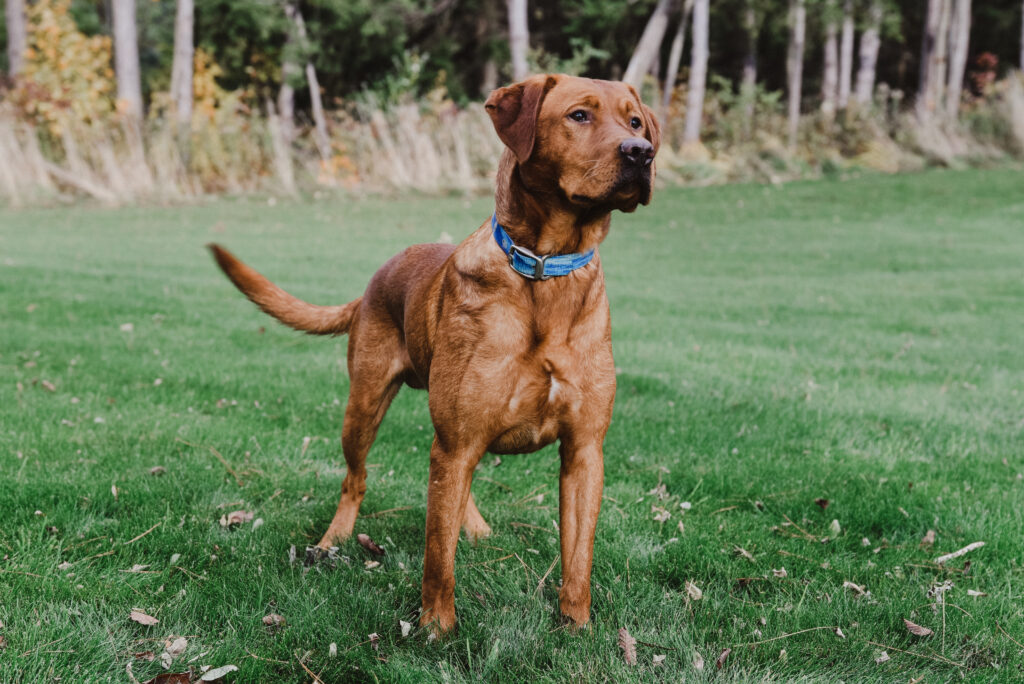
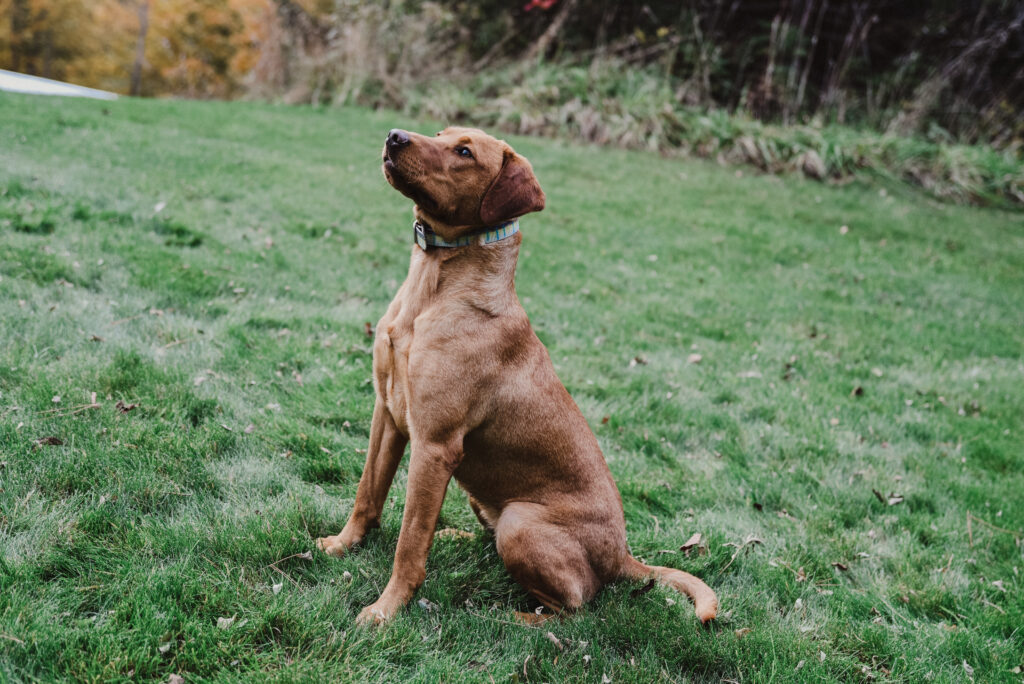
Dark yellow, or fox red, was the original shade of the developing Labrador Retriever breed in its early years. Originally, yellows were called “golden” until they were to be registered with the British Kennel Club. They argued that “gold” was not truly a color, so they were labeled “yellow.” The first yellow Lab on record, in 1899, was Ben of Hyde. Early on, yellow was the norm and most labs were a butterscotch or dark golden color with tinges of red. Yellow continued to be the most predominant color of Lab until the conclusion of World War II. Over time, the lighter colors became more popular and the original color was nearly lost. Sadly, during the earliest days of breeding, the fox red puppies were culled at birth.
The breed was considered a working breed that was to be used for various hunting pursuits. Hunters preferred the black colored Lab over the other, lighter colors. Red Labs and other colors were looked on less favorably for field dogs; however, over time the paler colors became the preference. Breeders became more interested in gold and fox red shades in the 1980’s. Since then, and particularly over the last ten to fifteen years, darker yellows and red Labrador Retrievers have continued to rise in popularity.
Within the spectrum of yellow Labs, there can be varying shades of the red color. The pup’s true color may not be certain until the pup is between 20 and 24 months old. A pup may appear fox red at birth but fade within the first few weeks. True coat color may be difficult to determine until the the adult coat comes in. The coat color can lighten or darken as they mature. When you look at a pup remember you are looking at the undercoat, not guard hairs. As they mature the guard hairs grow and may be much lighter or darker than they were to begin with. Oftentimes, the head and the ears can reveal the true color rather than the body. Examining the head and ears may provide a better hint of the mature dog’s final coloring.
Many Labs have signature white spots, usually located on their chest. The fox red Lab is more likely to have a white spot than other colors. It’s not as noticeable on the lighter shades of yellow and many people don’t even realize it’s there. Since the fox red Lab is on the darker end of the yellow spectrum, the white spot tends to stand out more. In black Labs, since the gene pool is so much larger, the white spot has been almost bred completely out. To have the white spot, both parents typically have it as well. The gene pool is smaller in the fox red Labrador Retriever color, so about half a litter should be expected to have white spots.
